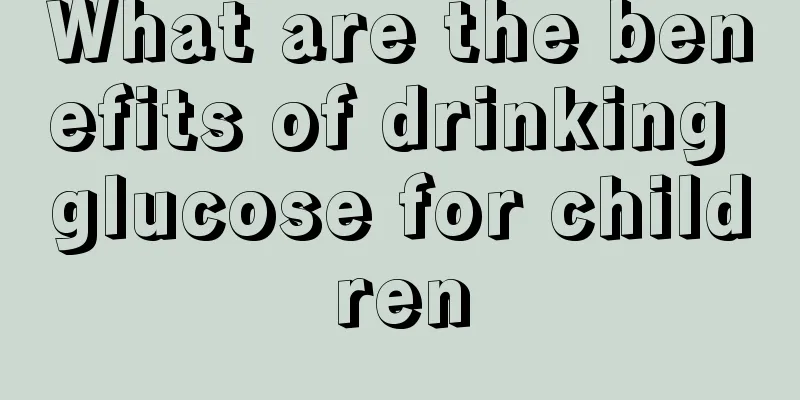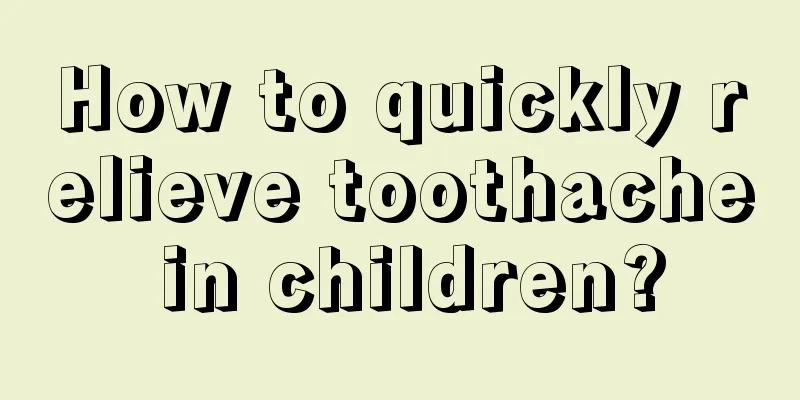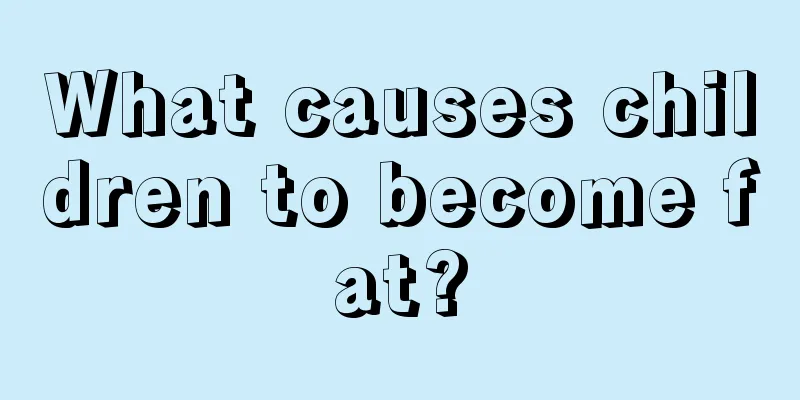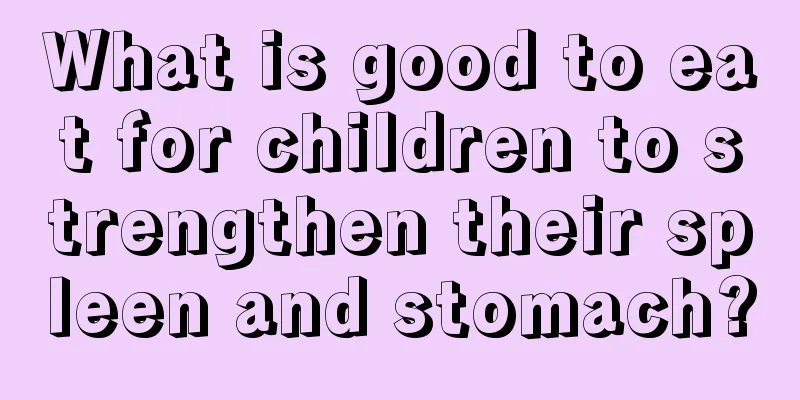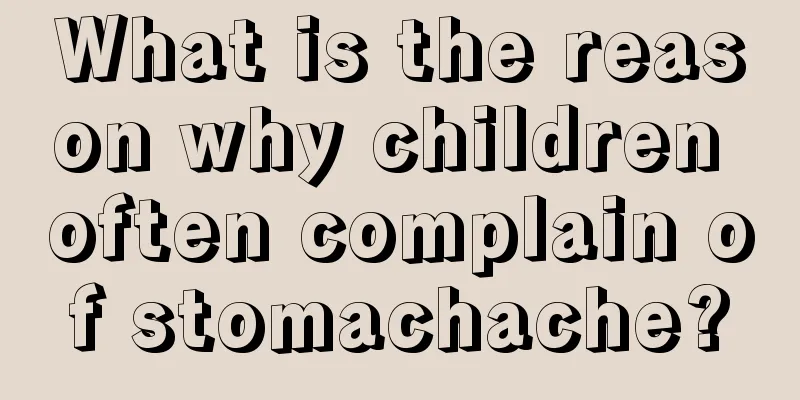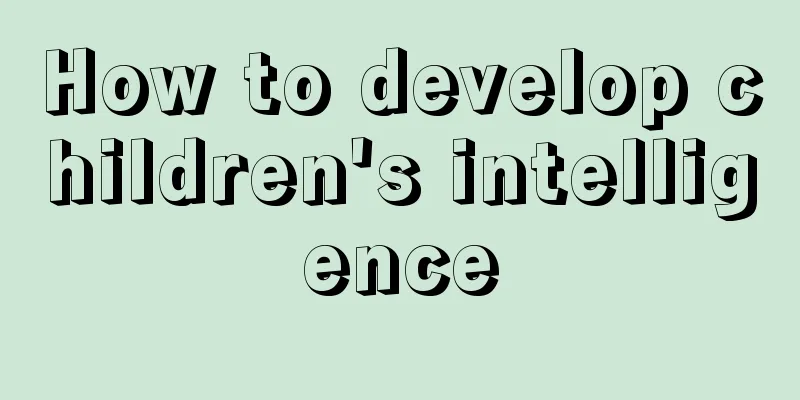What to do if a child has a low fever of 35 degrees 4

|
It is a very bad phenomenon for a baby to have a low-grade fever for a long time. Although children's metabolism is relatively fast and their body temperature fluctuates by about one degree, sometimes the low-grade fever may occur occasionally due to the relationship between summer and winter, and the current hot and cold weather. If the low-grade fever persists for two weeks, you should be vigilant.
1. Physical reasons: The baby's metabolism is fast, and body temperature fluctuations within 1°C are considered normal. 2. Weather reasons: related to the hot weather in summer, the baby's water intake is insufficient and sweating is less, which leads to higher body temperature. When the weather turns cooler, your baby's body temperature will return to normal. 3. Dietary factors: The baby has indigestion and food accumulation. He is likely to have symptoms such as low fever, loss of appetite, and vomiting. At this time, you may need to make dietary adjustments or use digestive medications to treat it.4. Infectious low fever: After the baby becomes ill, the disease will recur due to insufficient treatment, and there will also be intermittent low fever. 5. Low fever after infection: After the baby suffers from infectious diseases such as measles, diphtheria, whooping cough, bacillary dysentery, and Japanese encephalitis, the function of regulating body temperature has not fully recovered, resulting in persistent low fever. 6. Chronic infectious low fever: such as tuberculosis, chronic tonsillitis, otitis media, sinusitis, urinary tract infection, etc., which cause the baby to have continuous low fever. 7. Non-infectious low fever: If the baby has blood diseases, endocrine and immune system diseases, low fever may occur.If the baby's body temperature does not exceed 38℃, it is generally not recommended to give the baby antipyretics, because the child's body temperature regulation center is not yet fully developed, and hypothermia (below 36℃) is likely to occur after taking antipyretics when the temperature is below 38℃. |
<<: What to do if your child has a cold and a low-grade fever
>>: My baby has a low fever of 37.5 degrees. What's going on?
Recommend
The child's hands and feet are hot but the forehead is not hot
Children's body temperature fluctuates greatl...
What to do if your 5-year-old baby has a stomachache
A common problem among babies is stomach pain. A ...
What should I do if my 1-year-old baby has a high fever?
Some newborn babies have physical problems, espec...
Causes of goiter in children
Children's goiter may be caused by thyroid en...
Seven-month-old baby suddenly cries while sleeping at night
When babies cannot speak yet, they express their ...
How to help children get rid of Internet addiction more effectively
All parents will be worried when their children a...
What is the method to rub the soles of a little boy’s feet?
According to traditional Chinese medicine theory,...
Can children's pupils be dilated when they have eye inflammation?
If you have ever had an eye examination, you actu...
Acute urticaria in children
Children's bodies are relatively fragile, so ...
What should I do if my child vomits, has a fever and has diarrhea?
Children have many kinds of diseases, which serio...
What symptoms will babies experience after eating too much salt?
Children under one year old should not eat too mu...
What are the treatments for tooth decay in children?
Teeth are organs used to chew food and play a ver...
What to eat when a two-year-old has a cough
Children's coughing is a situation that many ...
What should I do if my child has a runny nose and cough?
Once a child has symptoms such as runny nose and ...
What are the small red bumps on the baby's face?
There may be a problem that bothers mothers, that...


